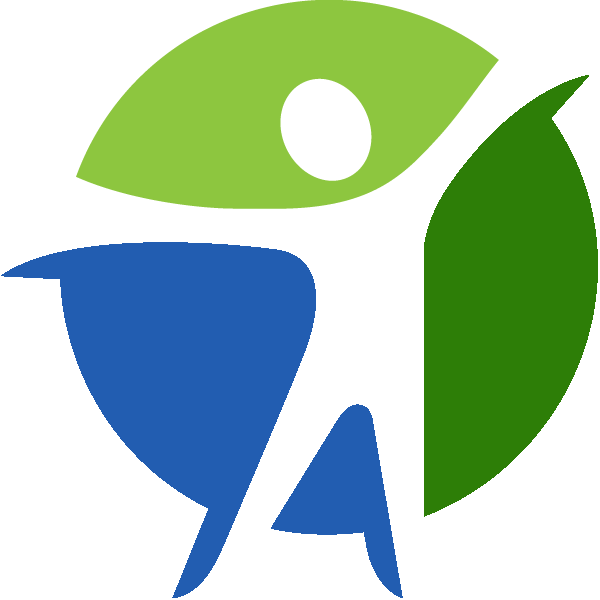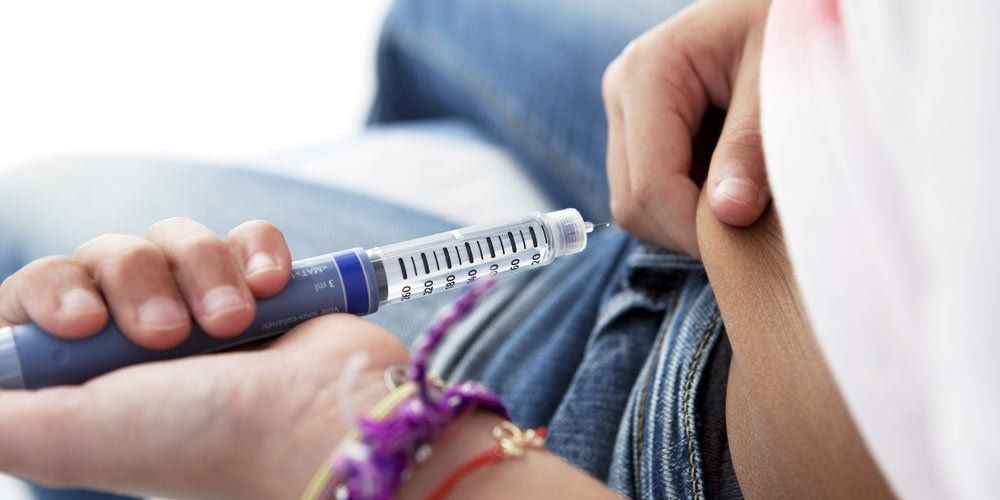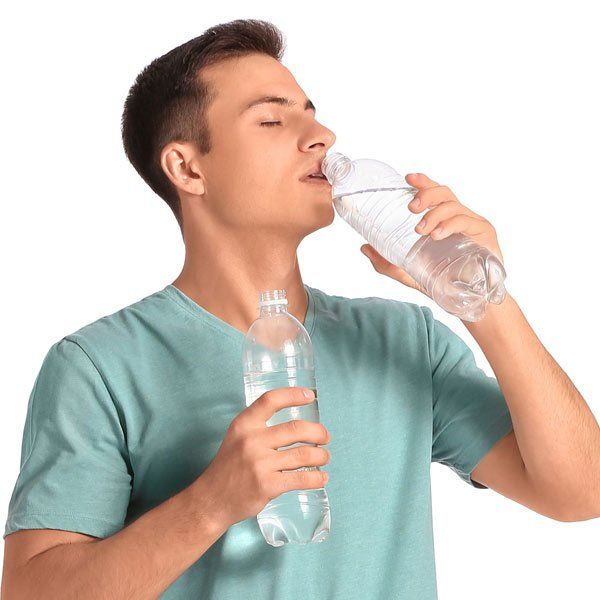What is Type 1 Diabetes?
Type 1 diabetes happens when the body cannot produce or correctly regulate the insulin it needs. Insulin helps regulate blood sugar levels to enable the body to use the blood sugar for energy. Insulin also works with the liver to store blood sugar for use later to prevent energy drops. People with Type I diabetes do not produce the insulin they need because the immune system acts incorrectly and attacks the beta cells in the pancreas that make the insulin.
Common Symptoms of Type 1 Diabetes
Symptoms of Type 1 diabetes can seem like those related to diet, exercise, overwork, and many other medical illnesses. However, the problems often arise and worsen quickly for those with diabetic issues. Some people can suddenly develop even potentially life-threatening symptoms.
Everyone must know the common symptoms of Type 1 diabetes to enable detection of the disease so they can begin managing the problem quickly to avoid long-term consequences. The symptoms can vary and can disappear for a brief time before returning.
- Increased hunger
- Unexplained weight loss
- Extreme thirst
- Increased urination
- Blurred vision
- Inability to heal sores or wounds
- Fatigue
- Tingling and numbness in hands and feet
- Dry mouth
- Nausea and vomiting
- Unusual breathing difficulties
- Mood changes
- Frequent infections of any type
What Causes Type 1 Diabetes?
The attack on the beta cells and their inability to produce insulin because of the immune system's attack causes the medical issue, but why the immune system reacts this way is unknown. Some people contract the disease when exposed to a virus that activates their immune system. It is also possible for Type 1 diabetes to begin when people experience other autoimmune conditions.
All genders have an equal risk of contracting the condition, but some have a higher risk. People usually develop the disease before turning 20, most are white, and many have a genetic link to someone with the condition.
Many prescription medications can also affect beta cells and insulin production. It is vital to stay aware of the risks of certain drugs and how they may affect the ability of diabetes drugs to work correctly. Some potential concerns come from diuretics, anti-seizure medications, and statins. The prescriptions may not cause diabetes, but they can make it more challenging to keep under control.
How Does the Medical Community Treat Type 1 Diabetes?
Treatment through conventional medication begins with testing to diagnose the condition. After a diagnosis, the medical community typically treats the condition with oral or injected forms of insulin or with an insulin pump. Also recommended are improvements in diet and an increase in exercise. None of the treatments can cure the illness but can control symptoms and prevent or slow any additional damage to the body.
How Type 1 Diabetes Can Be Treated with Natural Remedies
Alternative natural treatments exist for Type 1 Diabetes, but because the options encourage the body to heal naturally, they can take time to work. People with the disease should not stop their medical treatments if they choose to begin alternative care because the symptoms could increase in severity before the body can heal.
Experts recommend that people use the treatments alongside traditional medicine. Ensure all providers have a list of the supplements and prescription medications in use to avoid interactions. Here are some of the natural healing options to consider.
See Your Local Holistic Practitioner. These can include muscle testers like Applied Kinesiologists and Nutrition Response Testers, many of whom are Chiropractors. You can also consider Functional and Integrative Medical Practitioners, many of whom are holistic doctors. Depending on your symptoms, trained Dietitians and Nutritionists can also be an option.
Adding
whole food supplements to your treatment plan adjusts the imbalances in your body. Being under a professional's care will help eliminate trial and error, and wasted money spent on remedies that may not be appropriate for your exact illness. Most holistic practitioners offer a free consultation, so seeing two or three is an option. It would be wise to start here.
- Natural supplements that boost the health of the pancreas and liver to improve insulin production and regulation such as Pancreatrophin PMG, LivCo, Liveaplex, Betacol, and Black Cumin Seed Forte,
- Additional supplements, provided as consumables or topical applications, help control the disease symptoms naturally.
- Homeopathic treatment options like Biomagnetic therapy, acupuncture, and acupressure may help. They improve circulation, reduce inflammation, and regulate the immune system.
- Make lifestyle changes that improve overall wellness to enable faster healing in the body. Some suggestions include not smoking, drinking less, enjoying a healthier diet, exercising more, and ensuring adequate sleep.
- Relaxation techniques like meditation, yoga and aromatherapy may help. The soothing methods can help reduce inflammation and regulate the immune system.
Type 1 diabetes affects over 1.5 million people in the United States. Around 64,000 additional people receive the diagnosis every year. The condition increased in people under age 20 and under by 21 percent between 2001 and 2009. Estimates suggest the number of people with the disease could more-than-triple by 2050.
Conventional medical practices have helped those with the condition to have longer and more comfortable lives, but have not provided a cure, lessened the risk, or reduced the stress and financial cost of the disease placed on Americans. Alternative, natural care teaches people to understand their bodies more and seek methods for better overall health.
Additional Resources
- Diabetes Overview - National Institute of Diabetes and Digestive and Kidney Diseases
- Symptoms of Diabetes Type 1 - Diabetes News
- Type 1 Diabetes - WebMD
- Diabetes Treatment and Care - American Diabetes Association
- Diabetes Alternative Treatments - Healthline
Additional Information - Contact
Copyright 2020 All Rights Reserved. Art Licensed by Shutterstock©



